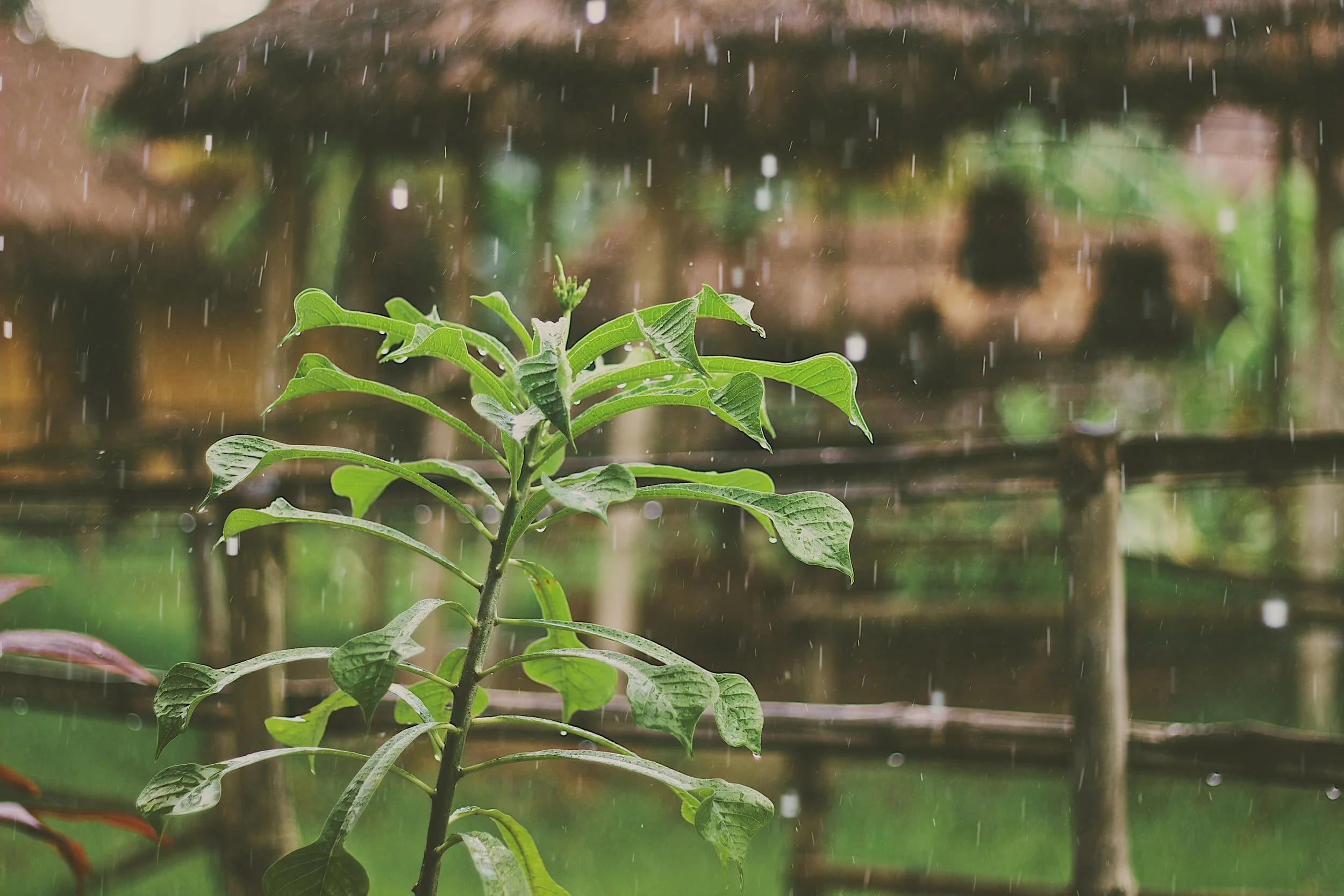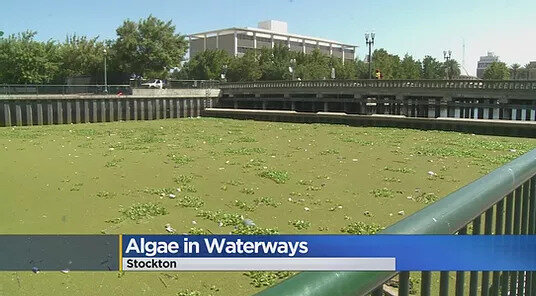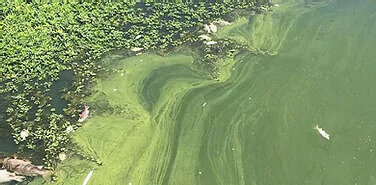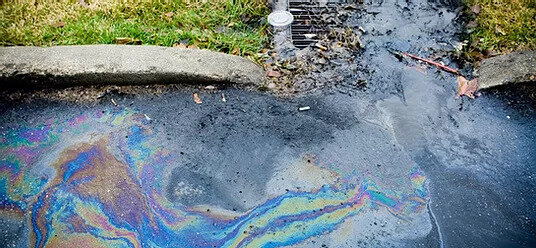What is Rain Capture and Stormwater Management?
There are several ways to manage and capture stormwater including rain gardens, bioswales, rain barrels, and permeable pavers, and eco-roofs.
Continue reading to discover how these tools are effective in flood control and management.
What is stormwater runoff?
When it rains, runoff picks up soil, fertilizer, oil, pesticides and other contaminants from hard surfaces and landscapes. Storm runoff is not treated and flows directly into streams, lakes and other bodies of water nearby. Runoff fertilizers increase algae growth in lakes, and excess soil alters the habitat for fish. Bacteria can even make lakes and oceans dangerous for recreational activities.
Rain Gardens
According to the USDA, the benefits of a rain garden are:
Filter pollutants from runoff
Recharge groundwater
Conserve water
Protect guts, ponds, and coastal waters
Remove standing water in your yard
Reduce mosquito breeding
Increase beneficial insects that eliminate pests
Reduce potential of home flooding
Create habitat for birds & butterflies
Survive drought seasons
Reduce garden maintenance
Enhance property value
Water puddles into the rain garden instead of flowing into the street reducing peak runoff flow. Peak flows occur when runoff reaches its highest point. By slowing runoff, we can reduce peak flows and mitigate flooding and erosion potential.
Cost can be a barrier for those wanting to install a rain garden on their property.
Check out this rain garden calculator to get an estimate on how expensive your rain garden will be.
Bioswales
Bioswales are similar in their community benefits to rain gardens. According to Michigan State University, these benefits include:
Protecting local waterways from stormwater pollutants
Creating habitat for wildlife, including birds and butterflies,
Reducing non-point pollution by filtering stormwater
Reducing standing water (puddles) that can attract mosquitoes
Creating colorful gardens with a variety of flowers and plants year-round
Requiring little maintenance after establishment
Bioswales are inlets or shallow channels carved into the side of the street that are filled with dense vegetation. This vegetation works both to filter street pollutants and reduce storm water runoff.
Reducing the flow of storm water allows the city stormwater infrastructure to function better and reduce the likelihood of potential flooding.
Rain Barrels
A rain barrel is simply a container that captures and stores rainwater draining from your home's roof. Barrels typically range from 50 to 80 gallons and have a spigot for filling watering cans and/or a connection for a garden hose.
Keep barrels elevated on a sturdy platform (able to hold 500+ pounds/barrel for better water pressure.
You can connect several barrels together to store even more water!
Some benefits of a rain barrels include:
Saves money on water
Plants prefer rain water over tap water, allowing for a more healthy garden
Reduces stormwater runoff
A screen or mesh is placed to filter out any debris that may come in.
Permeable Pavers
According to USGS, Permeable pavement is a porous urban surface composed of open-pore pavers, concrete, or asphalt with an underlying stone reservoir. Permeable pavement catches precipitation and surface runoff, storing it in the reservoir while slowly allowing it to infiltrate into the soil below or discharge via a drain tile. The most common uses of permeable pavement are parking lots, low-traffic roads, sidewalks, and driveways.
Benefits of a permeable pavement includes:
Reducing runoff volume by trapping and slowly releasing precipitation into the ground instead of allowing it to flow into storm drains and out to receiving waters.
Reduces the peak flow by preventing large, fast pulses of precipitation through the city stormwater system.
Reducing the concentration of some pollutants.
By controlling the runoff at the source, such as a parking lot, it reduces the need for or the required size of a regional BMP, such as a wet detention pond, which saves money and effort.
Cold-weather benefits
Another benefit of permeable pavement is the reduced need to apply road salt for deicing in the winter time. Researchers at the University of New Hampshire have observed that permeable asphalt only needs 0 to 25% of the salt routinely applied to normal asphalt (Houle and others, 2009).
Other researchers have found that the air trapped in the pavement can store heat and release it to the surface, promoting the melting and thawing of snow and ice (Roseen and others, 2012)
Eco-Roofs
An eco-roof, also called a green roof, uses a flat rooftop surface to host a layer of vegetation. According to Ecolife, the vegetation offers a host of benefits including:
Filters the air and water
Produces oxygen, absorbs heat (during evapotranspiration) and absorbs carbon dioxide
Provides shade which helps to minimize the impact of the urban heat island effect and reduces the building’s air conditioning requirements, which in turn reduces the greenhouse gas emissions from burning fossil fuels for cooling
Absorbs rainwater which reduces toxic stormwater runoff
Provides habitat for urban wildlife
Provides leisure and recreational space for building occupants and the local community
Insulates the building against external sound
Can be used to grow local produce
Protects existing roofing against the elements, which reduces the number of replacements required and roofing waste















